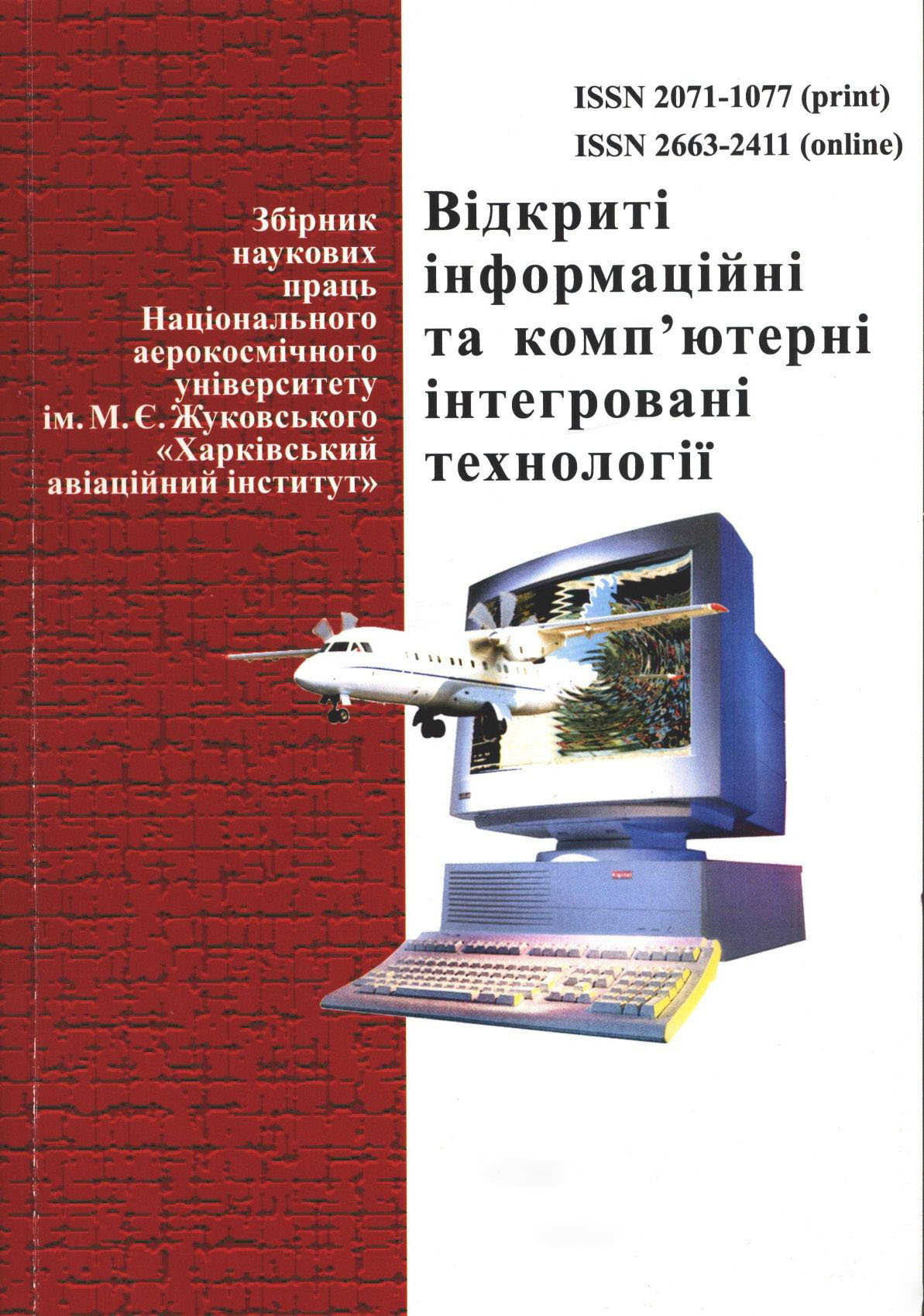Аналіз нормативно-правової бази процесу сертифікації авіаційної техніки

View/
Date
2025Author
Литвинов, О.М.
Чуприна, О.В.
Гребенікова, В.О.
Metadata
Show full item recordAbstract
У статті розглянуто нормативно-правову базу сертифікації типу авіаційної техніки (АТ), що є ключовим елементом забезпечення авіаційної безпеки. Висвітлено трансформацію нормативно-правових актів, що були запроваджені Міждержавним авіаційним комітетом (МАК), до оновленої системи законодавства, яку розроблено відповідно до регламентів Європейського агентства авіаційної безпеки (EASA).
Окрему увагу приділено порівнянню норм льотної придатності (НЛП, НЛПЛ) з стандартами (CS-23, CS-25 та ін.). Показано ключові відмінності у процесі сертифікації: на підставі співставлення основних засад моделі МАК та EASA робиться висновок про прозорість, поетапність й диференційованість цієї системи, розмежування змін конструкції на головні та другорядні, та схвалення організацій DOA/POA.
Розглянуто нормативну еволюцію: прийняття Повітряного кодексу України, укладення Угоди про асоціацію з ЄС та Угоди про Спільний авіаційний простір, які стали каталізатором імплементації стандартів EASA (Part-21, Part-M тощо). На прикладі сертифікації типу докладно описується процедура підтвердження відповідності: від подачі заявки, аналізу документації та випробувань до видачі сертифіката типу. Підкреслено обов’язки заявника, компетентного органу (Державіаслужба України), виробника, утримувача сертифіката та експлуатантів.
У роботі проаналізовані вимоги, що висуваються до типових конструкцій, документації, схвалення змін, екологічних стандартів та програм підтримання льотної придатності. Показано важливість інституційної співпраці, участі організацій із сертифікатами DOA/POA, технічних центрів і експертів у процесі сертифікації.
У висновку наголошується, що Україна активно інтегрується в міжнародну авіаційну систему, демонструючи послідовний перехід до стандартів EASA. Це створює підґрунтя для тісної кооперації, підвищення безпеки, розширення ринків збуту авіаційної продукції та залучення інвестицій. The article examines the regulatory framework for aircraft type certification (AT), which is a key element in ensuring aviation safety. It highlights the transformation of regulatory acts introduced by the Interstate Aviation Committee (IAC) into an updated system of legislation developed in accordance with the regulations of the European Aviation Safety Agency (EASA).
Special attention is paid to the comparison of airworthiness standards (NLP, NLPL) with standards (CS-23, CS-25, etc.). Key differences in the certification process are shown: based on the comparison of the basic principles of the IAC and EASA models, a conclusion is made about the transparency, phasedness and differentiation of this system, the distinction between major and minor design changes, and the approval of DOA/POA organizations.
The regulatory evolution is considered: the adoption of the Air Code of Ukraine, the conclusion of the Association Agreement with the EU and the Common Aviation Area Agreement, which became the catalyst for the implementation of EASA standards (Part-21, Part-M, etc.). Using the example of type certification, the procedure for confirming compliance is described in detail: from application submission, documentation analysis and testing to the issuance of a type certificate. The responsibilities of the applicant, the competent authority (State Aviation Service of Ukraine), the manufacturer, the certificate holder, and the operators are emphasized.
The paper analyzes the requirements for typical designs, documentation, change approval, environmental standards, and continuing airworthiness programs. It shows the importance of institutional cooperation, participation of DOA/POA certified organizations, technical centers, and experts in the certification process.
The conclusion emphasizes that Ukraine is actively integrating into the international aviation system, demonstrating a consistent transition to EASA standards. This creates a basis for close cooperation, improving safety, expanding markets for aviation products, and attracting investment.
